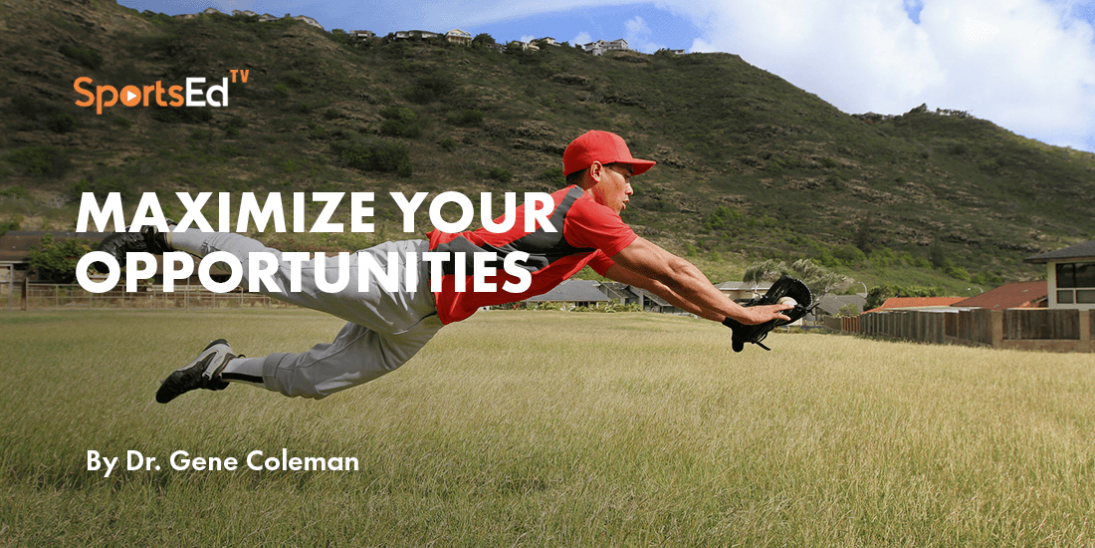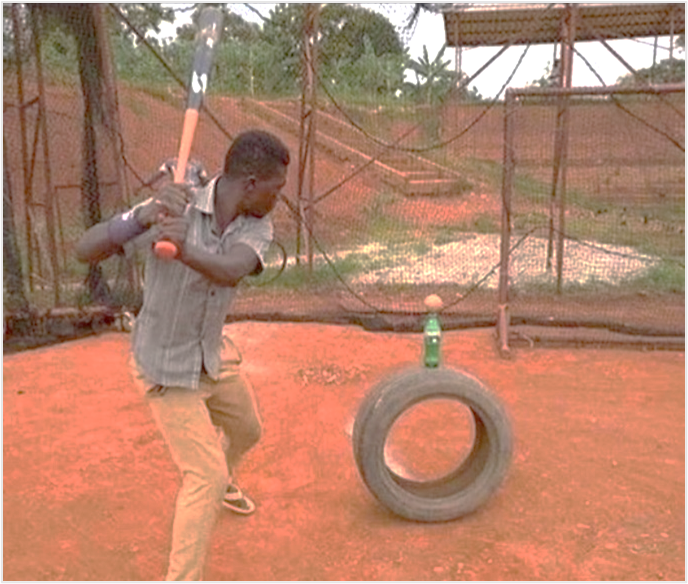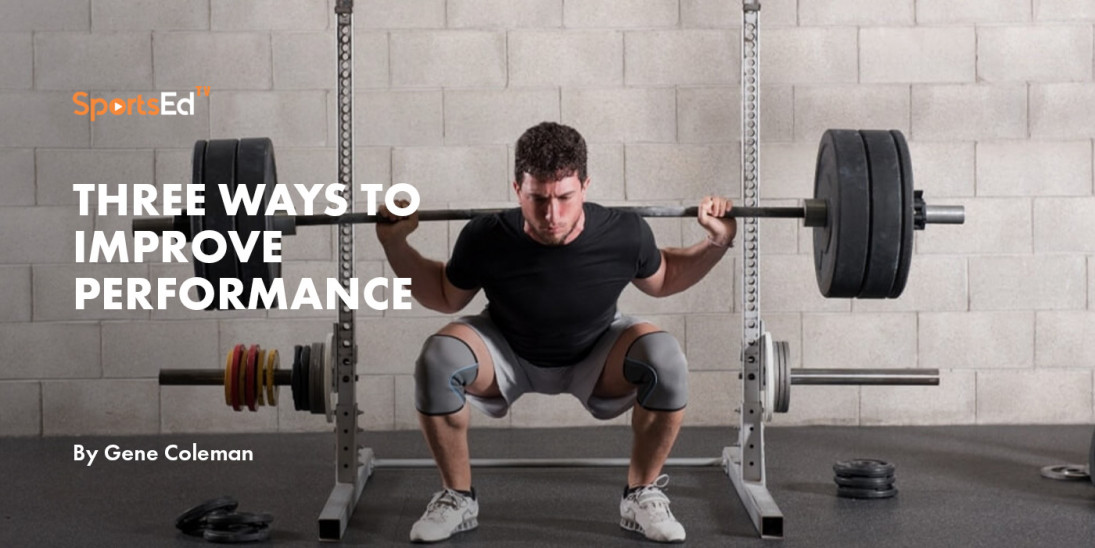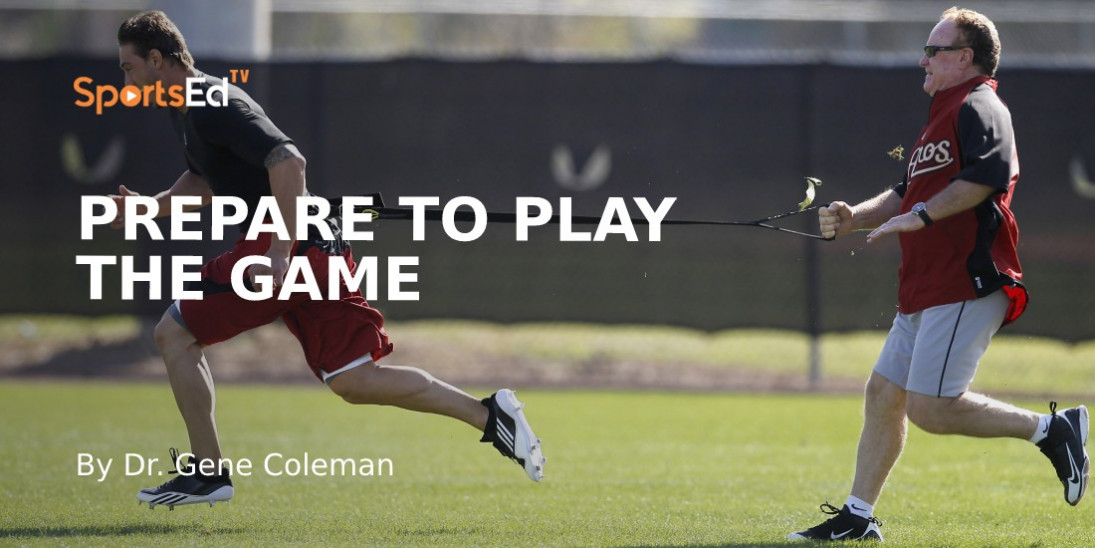Baseball, Strength And Conditioning
Welcome and thanks for visiting...

It’s Not the Opportunities, It’s What You Do with Them

Private lessons and personal coaches for hitting, pitching, fielding, running, strength, etc. are good options if you have the time to travel to and from lessons and the money to fiancé them. If you don’t, there are other less attractive and more labor intense “Old School” methods that have been used by successful MLB players to improve fitness, speed and offensive and defensive performance. The following are examples that were shared by two very successful former MLB players that I had the privilege of working with in Houston. Their stories indicate that dedicated practice on the primary skills of the game doesn’t have to be expensive, but you have to be creative and willing to put in the work, sometimes by yourself when no one is watching.
- Carlos Beltran. Because Puerto Rico didn’t have high school sports during his youth, Carlos said that he would go to the park by himself with a bat, glove and bucket of balls. He would toss balls up to himself and hit a bucket of balls right-handed. After hitting the last ball, he would sprint into outfield, run around the first ball, scoop it up, throw it on a line and one-hop it to home plate to simulate fielding a ground ball and making a throw from the outfield. He would then sprint to the next ball and repeat the process until he had scooped up and thrown every ball. After throwing the last ball, he would repeat the process hitting left-handed. Working by himself, he was able to help teach himself to hit both ways, work on getting around, charging, fielding ground balls and making quality throws to home plate. Sprinting to the balls helped him improve starting ability, speed and fitness.

Carlos’ hard work paid off. He was 1999 AL Rookie of the Year, appeared in 9 MLB All-Star Games, won 3 Gold Gloves and two Silver Slugger Awards. He is only one of 5 MLB players to hit 400 home runs and steal 300 bases.
While Carlos’ reputation was tarnished when he was linked to the 2017 Astros cheating scandal, he has given back to Puerto Rico through the Carlos Beltran Foundation which has provided humanitarian aid to PR. In 2011, he opened the Carlos Beltran Baseball Academy in Florida, PR with $4 million donation to start a certified and specialized high school with a dynamic learning experience where students can develop the academic skills to succeed in society and athletic skills needed to excel in baseball.
- Miguel Tejada. Growing up in the DR, Miggy had significant limitations. The youngest of 8 children, he grew up in the slums of Bani in the DR. At age 3, Hurricane David destroyed his family’s home and forced them to live in a crumbling barrio for several years. He dropped out of school at age 11 to help support his family by working in a clothing factory. His mother, who worked as a cleaning lady and in a bakery, died on Christmas night when he was 13. A few weeks later, his father had to leave town to seek work leaving Miggy in the care of his 16-year-old brother.
While there were pickup baseball games in his home town, equipment was very limited and personal instruction was non-existent. His first experience with the game was playing stickball using a broken broomstick as a bat and water jug caps taped together as a ball. Later he would play with rubber balls and eventually real baseballs using a glove made of cardboard. He didn’t get his first real glove until he was 17 and playing in the minor leagues with the Oakland A’s.
He and many other Latin players used baseball as a way out of poverty. Being short in stature and light in weight, his goal was to be a Big-League shortstop. He designed a personal workout to improve speed and the ability to start, stop and change directions quickly, qualities that a good shortstop needed. Initially, he would draw a circle in the dirt and stand in the middle. From there, he would throw out 8-10 rocks (substitutes for baseballs). Some would be inside the circle, some on the circle and some a few feet outside the circle. From the middle of the circle, he would sprint to the first rock, pick it up, sprint back and put it in the middle of the circle. He would repeat the process as fast as he could until he picked up all of the rocks. After a brief rest, he would repeat the drill 3-4 more times. He would stop on his right foot for when picking up some of the rocks and left for others to simulate going to this right and left on ground balls. He continued to use the drill in the off-season during his minor and MLB years.
Miggy played for 6 teams during his 16-year MLB career. He made 6 All-Star Teams, won 2 Silver Slugger Awards, was AL MVP in 2002 and MVP in 2005 MLB All-Star Game. While his name has been tarnished by links to possible steroid use and lying about his age, he is beloved in the DR for his kindness and generosity. He has built lighted multi-purpose fields for the community, purchased wheel chairs for children and adults and used the money he received from endorsements to purchase equipment and uniforms for youth baseball players in the DR.
While the opportunities to learn and develop baseball skills today are much different than those experienced by Beltran and Tejada, the takeaway is that the key to success is how you use your opportunities. In sports, as in life, “Luck is when preparation meets opportunity, and luck doesn’t off the wall and land on a boy or girl playing video games.” Lou Gehrig wasn’t lucky, he was prepared. Nolan Ryan says, “You should never lose because the opposition was better prepared than you.”
When a teammate would strikeout or miss a ball and look at his bat or glove, former Astros outfielder Jose Cruz would tell them – “It’s not the arrow, it’s the Indian.” In other words, the problem is not the bat or glove, the problem is caused by the player using it.
How you use the opportunities presented to you and what you do on your own can be the difference between making a team or not, being a starter or sub, having a good career at whatever level you play (youth, high school or above) or not. Like Carlos and Miggy, what you achieve in your career will be influenced as much by what you do when no one is watching as what you do in organized practices, private lessons and games.
While private lessons, coaches, playing fields, equipment and teammates can help, you can accomplish a lot on your own. Throwing and fielding skills can be enhanced by throwing a rubber or regulation baseball against a target taped on a solid wall. Hitting off a Tee into a net can be used to groove your swing. You can work on power by throwing the ball up and seeing how far you can hit it like Carlos Beltran or work on agility in your backyard like Miguel Tejada. You need a plan and the will to work. At younger ages, when skills are developing, everything works. But you have to be consistent. Consistency trumps intensity. Doing a little every day produces better results than doing a lot 1-2 times per week.
Speed is another skill that can be worked on without a partner or teammate. If you watch enough youth and high school games, it will become obvious that, while speed is one of the 5 tools that coaches and scouts look for, and the only tool used on both offense and defense, not many players can run fast or efficiently. Speed is a “use it or lose it skill.” Coaches will tell you that it is possible to make “everyone faster”, but impossible to make “anyone fast.” Genetics will determine your speed potential. Proper training will help you achieve your potential
Before you look for a speed coach, see what you can do on your own. For example, the following is a free, simple plan of attack that you can do by yourself that will help you become faster and more athletic.

- Warm-up. Every day. Stride 30 yards, walk back and repeat 5 times; start at 60% of max effort and gradually increase to about 90%.
- Linear speed. Two times per week, e.g., MTh: Sprint at 100% for 20-40 yards, walk back and repeat 3-5 times
- Lateral shuffles. Two times per week, e.g., TF: Perform a lateral shuffle for 5-7-yards; do 3-4 reps going to the right and 3-4 going to the left; rest and repeat 3 times
- One time per week, e.g., W, perform 2-3 sets of 3-5 max effort vertical or horizontal jumps
- Work capacity. One time per week, e.g., Sat. Sprint 30-yards, stop quickly, change directions and sprint back. Walk 30-yards and repeat from the opposite end. Do 3 reps with complete rest between each. Do 2 sets. Stop on your right foot in one set and left foot in the other to ensure that you can move right and left when you change directions
If you goal is to get stronger, check out the following posts on baseballstrength.org by current and former MLB strength and conditioning coaches:
- Dumbbells are Smart
- Bear Holds and Rotational Athletes
- YOUTH SPORTS: Split-Squat and KB Split-Squat
- Resistance Band Training in Youth Development
- The Hip Hinge A Fundamental Motor Pattern in Youth Baseball Development
- Lower Extremity Body Weight Exercises
Look around. You know most of the players in your grade and at your position. How hard are they working? If you are competing for the same prize but doing less work, something is wrong. Adjust your priorities.
The choice is up to you. You can work and be the best you can be, or you can enjoy the ride and do just enough to get by. If you take the easier path, however, someday you might regret what you didn’t accomplish. Cal Ripken, Jr. didn’t have any regrets. He said, “Along the way, I’ve watched a number of players retire. And some told me, I wish I had played more, taken care of myself and taken it more seriously. I can say that I took full advantage of my opportunities. I don’t have any regrets.”





